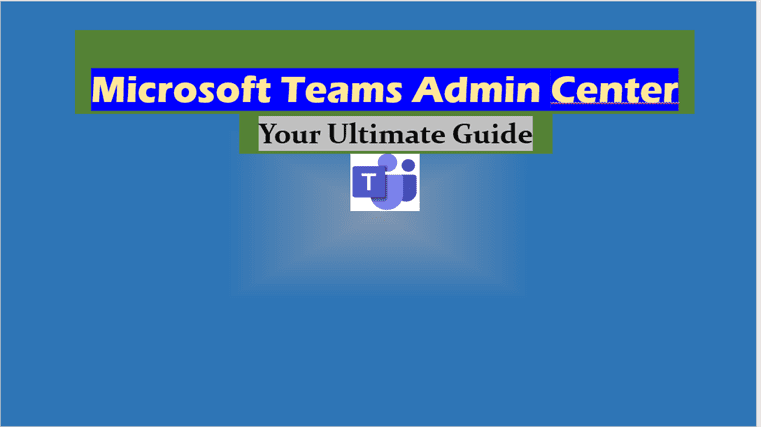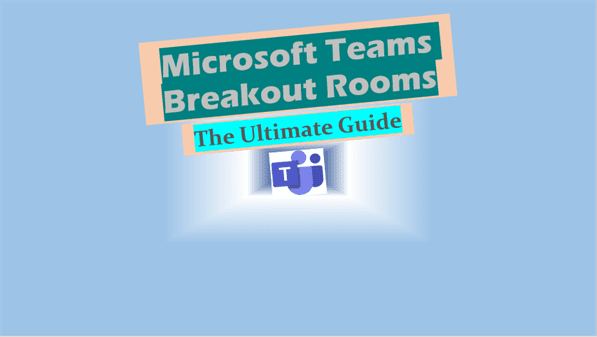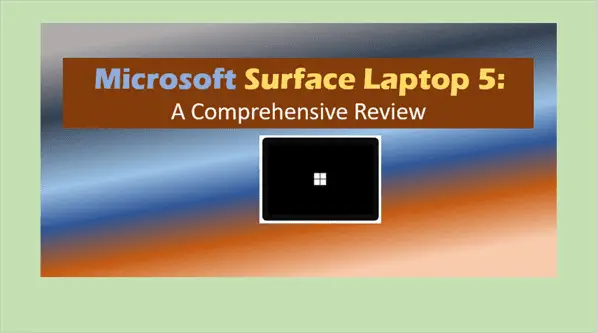Microsoft Teams Admin Center: Your Ultimate Guide
Explore the Microsoft Teams Admin Center and discover how to unlock its full potential for your business.
In the realm of digital collaboration, the Microsoft Teams Admin Center stands as a beacon of efficiency and control.
It’s a powerful hub, a command center if you will, that allows IT professionals and business owners to configure, manage, and optimize their organization’s use of Microsoft Teams.
This article delves into the intricacies of the Teams Admin Center, providing a comprehensive guide for those who wish to unlock its full potential.
Microsoft Teams Admin Center Blog Post Summary:
This article provides a detailed exploration of the Microsoft Teams Admin Center, an essential tool for managing Microsoft Teams within an organization.
It covers everything from accessing the Admin Center and managing teams and channels, to controlling meeting and calling policies, and managing apps and features.
The article also addresses crucial topics such as security and compliance, and answers frequently asked questions about the Teams Admin Center.
Whether you’re an IT professional or a business owner, this guide will help you harness the power of the Teams Admin Center to streamline your Teams experience and boost productivity.
Introduction to Microsoft Teams Admin Center
Introduction
Welcome to the world of Microsoft Teams Admin Center, a powerful hub designed to streamline the management of your organization’s communication and collaboration. As an integral part of the Microsoft 365 suite, the Teams Admin Center is your go-to destination for configuring, managing, and optimizing the way your business uses Microsoft Teams.
Whether you’re a small business owner or an IT admin for a multinational corporation, understanding the Teams Admin Center is crucial. It’s not just about making your life easier – it’s about unlocking the full potential of Microsoft Teams to drive productivity, collaboration, and efficiency in your organization.
What Can an Admin Do in Microsoft Teams?
As an admin, your role is akin to a conductor of an orchestra, ensuring every part of your Microsoft Teams environment works in harmony. But what exactly does this entail?
Admin roles and responsibilities:
- Manage Teams and Channels: You have the power to create, modify, and delete teams and channels. This includes managing Microsoft teams permissions and Microsoft teams member permissions, ensuring the right people have the right access.
- Control Meeting and Calling Policies: You can define the rules for meetings and calls within Teams. This includes setting up teams meeting policy and teams calling policy, controlling everything from who can initiate calls to what features are available during meetings.
- Oversee Apps and Features: You can control what apps and features are available to your users. This involves managing the Microsoft teams features list, deciding which apps can be installed, and setting up Microsoft teams use cases.
- Manage Security and Compliance: You can set up security measures and ensure your organization is compliant with relevant regulations. This includes addressing Microsoft teams security issues, setting up Microsoft teams registry keys, and planning how to roll out teams in a secure and compliant manner.
As an admin, you’re not just a user of Microsoft Teams – you’re the one who shapes how Microsoft Teams is used in your organization. Your decisions can have a significant impact on how your colleagues work and collaborate, making your role both powerful and essential.
Deep Dive into Microsoft Teams Admin Center
Accessing the Microsoft Teams Admin Center
Stepping into the Microsoft Teams Admin Center is like walking into the control room of your organization’s communication and collaboration. But how do you get there?
First, head over to the Microsoft 365 admin center and sign in with your Microsoft teams admin center login credentials. Once you’re in, look for the ‘Teams’ option in the left-hand column and click on it. Voila! You’re now in the Teams Admin Center, ready to shape your organization’s Teams experience.
But remember, with great power comes great responsibility. Learning how to use Microsoft teams effectively is crucial to ensure you’re making the most of this powerful tool.
Managing Teams and Channels
As an admin, you’re the architect of your organization’s Teams environment. You decide how your Microsoft teams channel structure looks like, who can create channels, and who has access to what.
Creating a new team or channel is as simple as clicking a few buttons. But the real magic lies in managing these teams and channels effectively. You can control everything from the team’s name and description to its members and settings. You can also manage Microsoft teams who can create channels, ensuring that only the right people have the power to shape your Teams environment.
And what about access? With the Teams Admin Center, you can control office 365 give access to teams, ensuring that only the right people can access the right resources.
Managing Meetings and Calls
Meetings and calls are the lifeblood of collaboration in Microsoft Teams. As an admin, you have the power to shape how these interactions happen.
You can set up teams meeting policy and teams calling policy, controlling everything from who can initiate meetings to what features are available during calls. Want to ensure that all meetings are recorded for future reference? You can do that. Want to disable video calls for certain users? You can do that too.
And let’s not forget about Microsoft teams camera settings. As an admin, you can control whether users can use their cameras during meetings and calls, ensuring a comfortable and productive environment for everyone.
Managing Apps and Features
Microsoft Teams is more than just a communication tool – it’s a platform for productivity. And as an admin, you have the power to shape this platform.
You can manage the Microsoft teams features list, deciding what features are available to your users. You can also set up Microsoft teams use cases, defining how Teams should be used in your organization.
And what about apps? With the Teams Admin Center, you can control what apps can be installed in your Teams environment. You can even set up a Microsoft teams setup download policy, ensuring that all users have the right apps to do their work.
Remember, the Teams Admin Center is your control room. It’s where you shape your organization’s Teams experience. So dive in, explore, and start shaping your Teams environment today.
Microsoft Teams Admin Center: Advanced Topics and FAQs
Security and Compliance in Microsoft Teams
In the digital age, security and compliance are more important than ever. And when it comes to Microsoft Teams, you as an admin have a crucial role to play.
Microsoft Teams offers a range of features to help you ensure security and compliance. From data loss prevention to audit log searches, you have the tools to keep your Teams environment safe and compliant.
But what about Microsoft teams security issues? As an admin, you can set up security measures such as multi-factor authentication and conditional access policies to protect your organization’s data. You can also manage Microsoft teams registry keys, controlling how Teams behaves on your users’ devices.
And let’s not forget about compliance. Microsoft Teams offers features like eDiscovery and legal hold to help you meet your compliance obligations. You can also control how to roll out teams to ensure compliance with internal policies and external regulations.
Remember, security and compliance are not just about protecting your organization – they’re about building trust with your users. So take the time to understand and use the security and compliance features in Microsoft Teams.
Microsoft Teams Admin Center FAQs
-
What can you do in Teams admin center?
In the Teams admin center, you can manage every aspect of your organization’s Teams environment. This includes managing teams and channels, controlling meeting and calling policies, managing apps and features, and ensuring security and compliance.
-
What can Teams admin see?
As a Teams admin, you can see a range of information about your Teams environment. This includes the list of all teams and channels, the members of each team, the apps installed in your Teams environment, and usage data for Teams.
-
How to manage your apps in the Microsoft Teams admin center?
You can manage your apps in the Teams admin center by going to the ‘Teams apps’ section. Here, you can see all the apps installed in your Teams environment, block or allow specific apps, and set up app permission policies.
-
Why can’t I access Teams admin center?
If you can’t access the Teams admin center, it could be due to a number of reasons. You might not have the necessary admin role, or there might be an issue with your Microsoft 365 subscription. If you’re having trouble, check out this guide for more information.
-
How can I ensure that sensitive information isn’t shared externally through Teams?
You can ensure that sensitive information isn’t shared externally through Teams by setting up data loss prevention (DLP) policies. DLP policies can help you identify, monitor, and automatically protect sensitive information across Microsoft Teams.
-
How do I automate Teams management?
You can automate Teams management by using PowerShell scripts and the Graph API. These tools allow you to automate tasks like creating teams, adding users to teams, and setting up policies. For more information, check out this tutorial.
Posts Related to Microsoft Teams Admin Center:
- Creating a Team in Microsoft Teams: Your Ultimate Tutorial
- What can my employer see on Microsoft Teams?
- How to Delete Chats in Microsoft Teams: Easy Steps to Follow
- How to improve MS Teams performance on Windows PC? (4 Proven ways!)
- Microsoft Teams Installer: Simplifying Remote Work
- How to share screen on Microsoft Teams on Phone
More Information – External Links:
- Microsoft 365 support
- Download desktop and mobile apps | Microsoft Teams
- Microsoft Teams admin documentation – “Microsoft Teams admin documentation”
- Introduction to Microsoft Teams for admins – “Introduction to Microsoft Teams for admins”
- Overview of the Microsoft 365 admin center – “Overview of the Microsoft 365 admin center”






